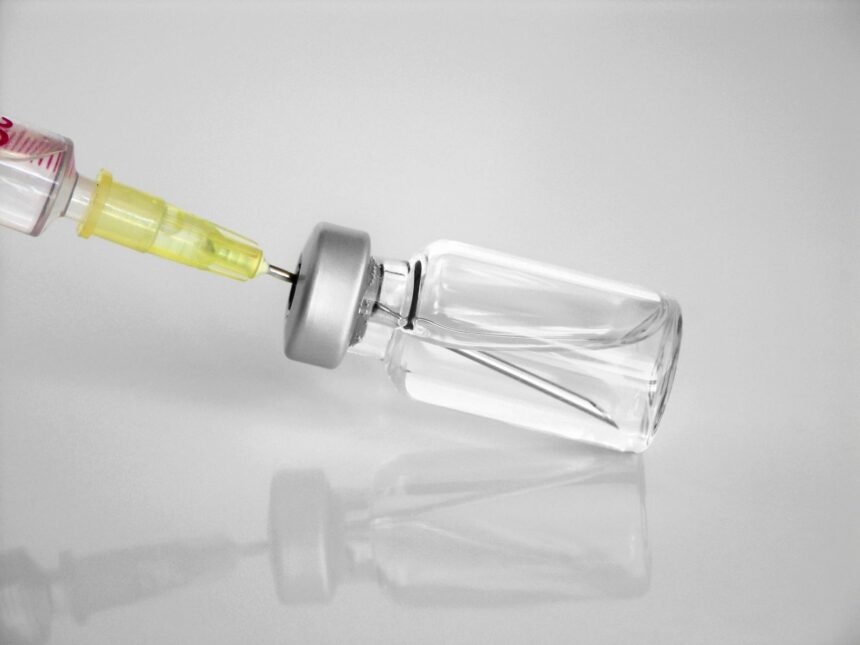The optimization of standard therapy, novel drug combinations, and new targets for Waldenstrom’s macroglobulinemia are generating excitement, said Stephen Ansell, MD, PhD, from the Mayo Clinic in Rochester, Minnesota.After the approval of ibrutinib (Imbruvica, Pharmacyclics and Janssen) for Waldenstrom’s macroglobulinemia in 2015, investigators began looking at other Bruton’s tyrosine kinase (BTK) inhibitors to determine which is the most effective and least toxic, he told Medscape Medical News.
A phase 3, randomized, multicenter, open-label trial is currently comparing ibrutinib with the BTK inhibitor BGB-3111 in more than 200 patients (NCT03053440), said Ansell, who will talk about immunotherapy at the upcoming International Waldenstrom’s Macroglobulinemia Foundation 2019 Forum in Philadelphia, and is chair of the scientific advisory committee. Combining agents with ibrutinib also looks “very promising,” he said. Progression-free survival in Waldenstrom’s patients was shown to be significantly better when ibrutinib was added to rituximab (Rituxan, Genentech), as previously reported by Medscape Medical News. Ibrutinib plus venetoclax (Venclexa, AbbVie), a BCL2 inhibitor, is also showing potential, Ansell reported. The oral combination is already approved for chronic lymphocytic leukemia and acute myeloid leukemia. “Other trials in development right now use venetoclax and ibrutinib, sometimes with a proteasome inhibitor,” he added. Researchers are also targeting completely different molecules. A CXCR4 antibody for the CXCR4-mutated population of Waldenstrom’s patients is being tested by team from the Dana-Farber Cancer Institute in Boston (NCT03225716).
Overall, the trend has been to refine chemotherapy so that it is more effective and less toxic and to find novel agents that are highly effective, particularly those that target BTK signaling, Ansell explained. The chemotherapy-based combination thought to be most effective is bendamustine plus rituximab, but that has yet to be compared with a nonchemotherapy regimen such as ibrutinib plus rituximab, he pointed out. “One is an abbreviated course of treatment for 4 to 6 months; the second is a lifelong approach where you take it every day forever,” he said. “I joke and ask people: ‘How do you like to take off a Band-Aid?’ Are you one of the people who like to rip it off or do you like to pull it off slowly? They both have pluses and minuses and both are very effective,” he added.
Toxic Older Options
Previous therapies for Waldenstrom’s macroglobulinemia have been effective but poorly tolerated, said Richard Furman, MD, director of the CLL Research Center at Weill Cornell Medicine in New York City. “There was a tremendous accumulation of toxicities, especially in the elderly population. Most of these were bone marrow toxicities,” said Furman, who will talk about treatments on the horizon at the forum.
Waldenstrom’s patients can be especially sensitive to neuropathy, so they “get beaten up very quickly when we use chemotherapy. A lot of the newer agents are so much better tolerated that it’s certainly easier to treat patients more effectively and safely,” he told Medscape Medical News.
Venetoclax might be key; some patients do extremely well on it for a long period of time, he reported. Data also look promising for daratumumab (Darzalex, Janssen), a monoclonal antibody that targets CD38 and is approved for the treatment of multiple myeloma in patients who have relapsed, he said. Another drug to watch is acalabrutinib (Calquence, AstraZeneca), a second-generation ibrutinib described as being more selective in targeting alternative kinases (NCT02180724). It is already approved for mantle cell lymphoma, Furman noted. “It will probably have Waldenstrom’s approval in the not-too-distant future,” he reported. “The CLL approval will likely be about another 9 months.” Two proteasome inhibitors — ixazomib (Ninlaro, Takeda) and carfilzomib(Kyprolis, Amgen) — both already approved for multiple myeloma, also look promising, he said. “The problem is that they won’t get approval for Waldenstrom’s,” he explained. “There won’t be a pivotal study performed” because of the rarity of the cancer and the cost of the trials. However, there are “good phase 2 data” and “we’re comfortable using them.” For more than 2 decades, rituximab has been the most common agent used for the treatment of Waldenstrom’s macroglobulinemia. Even with these novel agents being tested, that is unlikely to change in the foreseeable future, Furman said. “It works in about three-quarters of patients,” he reported, although responses can be “short-lived or not very large.” Life expectancy for Waldenstrom’s patients has improved dramatically in the past decade, and the full effect of ibrutinib has yet to be realized, he explained. “I tell patients that anything is possible, including normal life expectancy. It’s nice to put the unknown back into how long we’re supposed to live,” he added. New therapies are “looking extremely promising and combinations with ibrutinib are looking stellar,” said Ansell. However, it is not clear whether there will ever be a cure for Waldenstrom’s macroglobulinemia, he acknowledged. “Although patients may do very well for an extended period of time, the goal is to have them get rid of the disease and have it never come back. The story seems to be getting better and better, but we’re never done until the story gets to the cure,” he added.
Ansell has disclosed no relevant financial relationships. Furman reports being a consultant, researcher, or speaker for AbbVie, Acerta, AstraZeneca, Pharmacyclics, and Janssen.
International Waldenstrom’s Macroglobulinemia Foundation (IWMF) 2019 Forum. To be presented June 7 (Furman) and June 8 (Ansell), 2019.
Medscape Medical News © 2019
Cite this: New Lymphoma Drugs Build on BTK Inhibitor Success –
Medscape – May 31, 2019.

